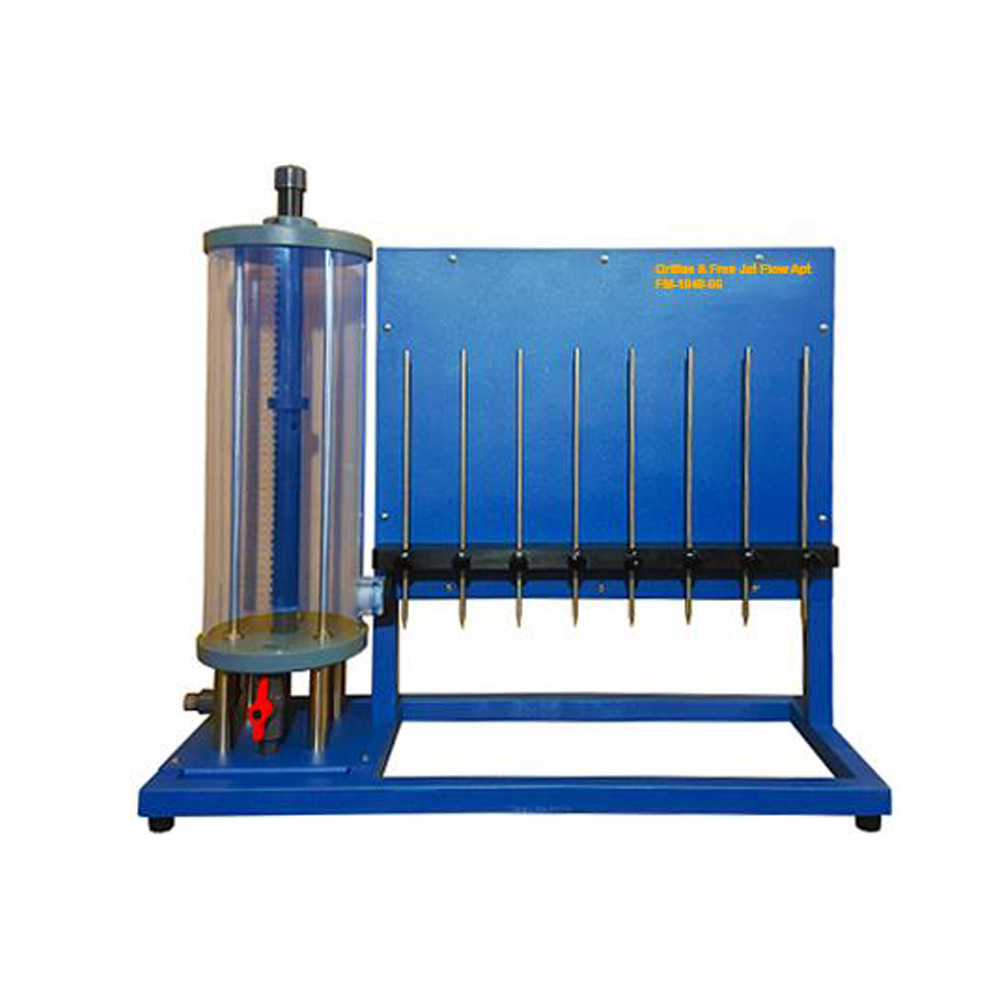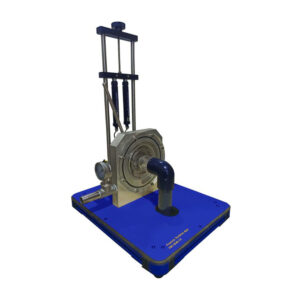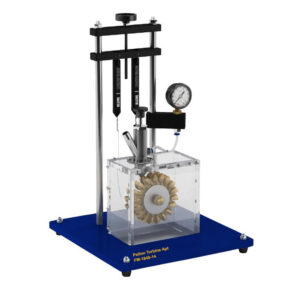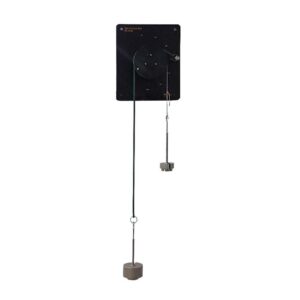A plexiglass cylinder is equipped with an adjustable overflow and scale which enables the height of the water column to be set and read accurately. 4 types of outlet nozzle can be compared. The trajectory of the jet can be traced using adjustable probes and recorded on a white panel. The water supply is provided either from the laboratory mains or using the Hydraulic Bench.
Experiments
- Torricelli s theorem.
- Discharge coefficient from nozzles of varying sizes and shapes.
- The trajectory of the water jet for various discharge velocities.
- Effect of the height of the water column on discharge velocity.
Specification
- Unit for investigating the discharge from nozzles, for use with the Hydraulic Bench
- Draining of a water-filled Plexiglass cylinder through a nozzle
- Cylinder with adjustable overflow and scale
- 4 exchangeable nozzles
- 8 tracers and a white panel to record the jet trajectory
- Determination of:* Coefficient of discharge (Cd)* Coefficient of velocity (Cv)* Coefficient of contraction (Cc)




